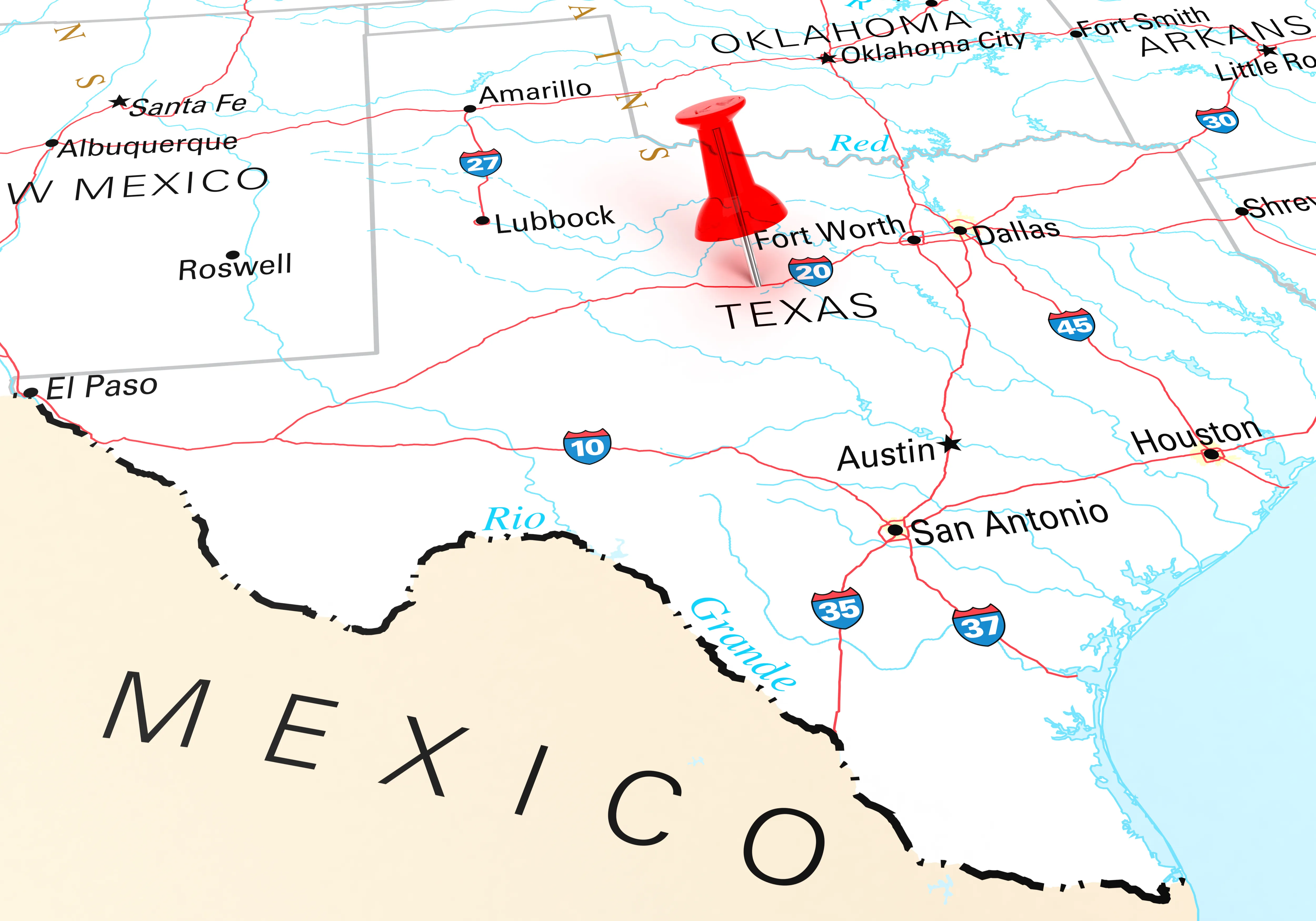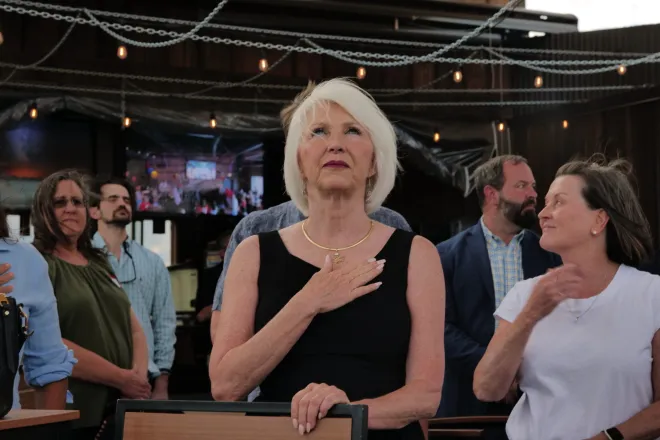
The Yonder Report: News from rural America - April 24, 2025
© Dean_Fikar - iStock-503150251
News from rural America.
Migration to rural America increased for the fourth year, technological gaps handicap rural hospitals and erode patient care, and doctors are needed to keep the Eastern Band of Cherokee Indians healthy and align with spiritual principles.
TRANSCRIPT
For the Daily Yonder and Public News Service, this is the news from rural America.
For the fourth straight year, 2024 saw more people put down roots in rural America.
Daily Yonder data reporter Sarah Mallott says census data show in-migration helped rural counties grow by 134,000 residents last year, reversing a previous decade-long decline.
Since 2020, in-migration has been the primary force behind rural population gain.
The South has the biggest growth, about two-thirds of the national total.
But Mallott says in-migration was largest by percentage in states with vast open spaces.
The states in the interior northwest, Idaho, Wyoming, and Montana, had the largest percent increase.
The mid-Atlantic had a small rural population decline last year, the only area not growing.
There's more evidence on how a lack of internet hurts rural health.
Anya Slepian explains.
Green County, Georgia, shares something with more than 200 other rural counties.
Residents lack high-speed internet, primary care providers, and behavioral health specialists.
Sarah Jane Tribble reports on the intersection of broadband and healthcare for KFF Health News.
These 200 counties, they're places that are, as one expert said, low population density and high poverty and always are going to get attended to last.
Tribble says Green County is in what's called the dead zone.
Without high-speed internet, doctors can't rely on modern technology, like central monitoring systems and scanners, that are available in urban hospitals.
When hospitals don't have this, the nurses have to do a whole lot of listening and watching, as nurses at Green County Hospital told me.
The Trump administration has paused $42 billion Congress approved in 2021 to boost rural broadband.
I'm Anya Slepian.
A Native American-led medical residency program aims to help fix a local doctor shortage in North Carolina.
Primary care physician Matthew Mayer says the Cherokee Indian Hospital Authority offers a good career and a good life, and the program introduces new doctors to the area.
We're hoping if they spend time out here that they will kind of fall in love with it, and hopefully that they'd want to stay on with us, practice in our system, if not in a nearby community.
The three-year residency offers comprehensive training and an opportunity to engage in rural and historically marginalized communities using traditional Native healing practices combined with Western medicine.
The hospital uses an integrative health model with primary and specialty care, behavioral health, physical therapy, and dental to provide a holistic continuum of care.
We do try to integrate mental, spiritual, physical health, as well as social health into the equation.
For the Daily Yonder and Public News Service, I'm Roz Brown.
For more rural stories, visit dailyyonder.com.

















